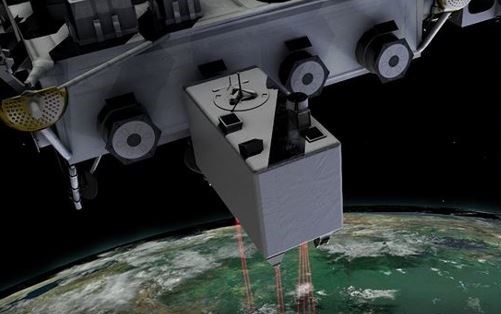The recently-released GEDI Level 3 data, which provide gridded estimates of canopy height, ground elevation, and counts of laser footprints, are highlighted in a new article published on the NASA's Earthdata Website.
GEDI L3 Gridded Land Surface Metrics, Version 1
GEDI’s full waveform lidar offers higher resolution and denser sampling than any lidar ever put into orbit. The lidar system emits laser beam pulses and records the reflected energy (waveform) from three lasers that are split into eight tracks to gather surface topography, canopy height metrics, canopy cover metrics, and vertical structure metrics. As GEDI moves over Earth, it makes systematic and detailed 3D measurements of ecosystem structures.
The Global Ecosystem Dynamics Investigation (GEDI) produces high resolution laser ranging observations of the 3D structure of the Earth. GEDI’s precise measurements of forest canopy height, canopy vertical structure, and surface elevation greatly advance our ability to characterize important carbon and water cycling processes, biodiversity, and habitat. GEDI was funded as a NASA Earth Ventures Instrument (EVI) mission. It was launched to the International Space Station in December 2018 and completed initial orbit checkout in April 2019.
Level 1B, Level 2A, and Level 2B data from GEDI are available from the Land Processes DAAC. Gridded (L3) GEDI data are now available from ORNL DAAC. Footprint and Gridded Above Ground Biomass (L4) products will be available later in calendar year 2021.
Citation: Dubayah, R.O., S.B. Luthcke, T.J. Sabaka, J.B. Nicholas, S. Preaux, and M.A. Hofton. 2021. GEDI L3 Gridded Land Surface Metrics, Version 1. ORNL DAAC, Oak Ridge, Tennessee, USA. https://doi.org/10.3334/ORNLDAAC/1865

